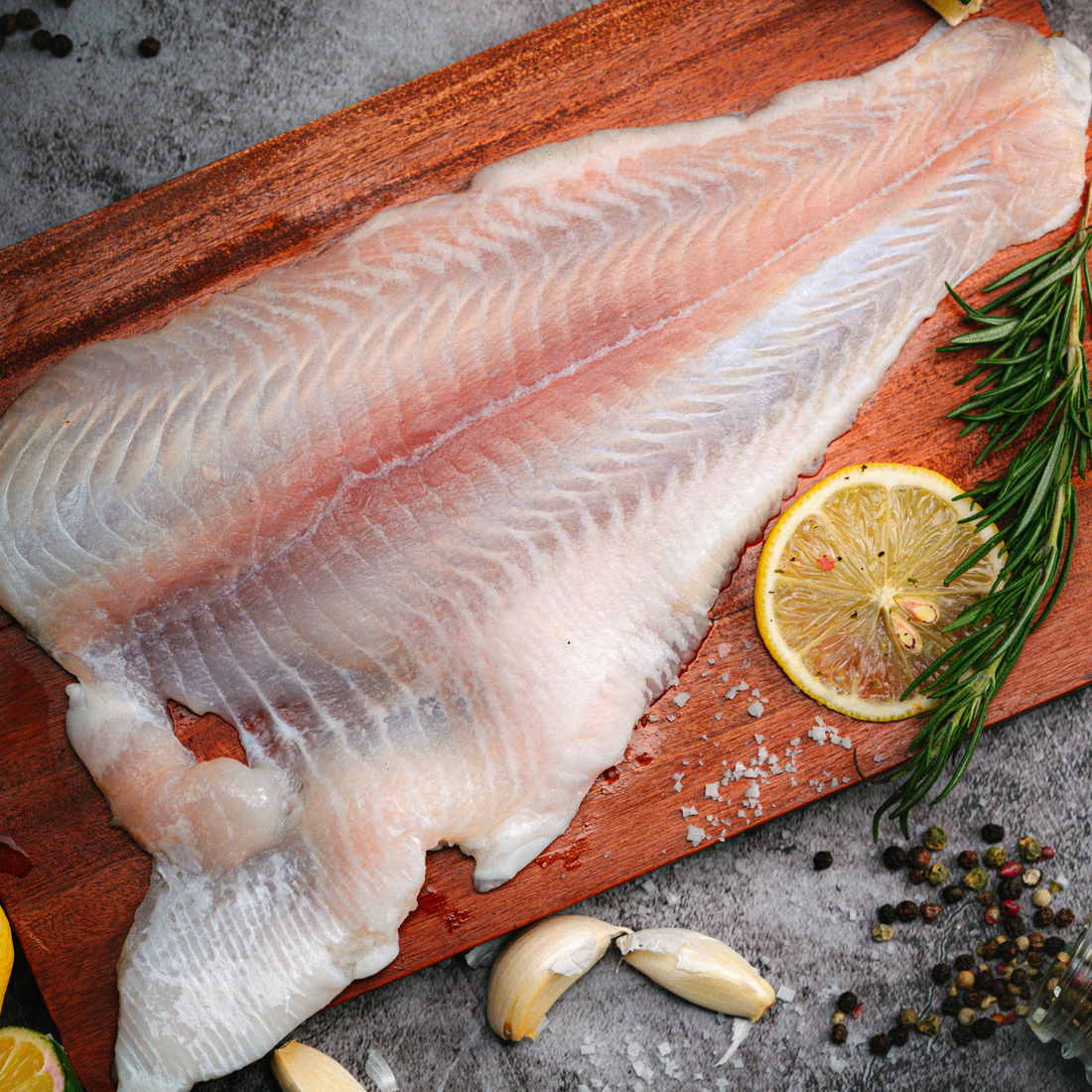
How to cook your Cream Dory Fillet to perfection
Share

Cream Dory, also known as Pangasius or Swai, is a delicate and mild-flavored fish that has gained popularity in many culinary dishes. However, one common challenge faced by home cooks is overcooking this tender fish, leading to dry and rubbery results. In this blog post, we will share essential tips and techniques to help you avoid overcooking cream dory and achieve moist and flaky perfection every time.
-
Understanding the Nature of Cream Dory: Before diving into the cooking process, it's crucial to understand the characteristics of cream dory. This fish has a delicate texture and tends to cook quickly. It is important to handle it with care and avoid subjecting it to excessive heat or prolonged cooking times, as it can result in dryness.
-
Proper Thawing and Patting Dry: If using frozen cream dory, ensure you thaw it properly before cooking. Place the fish in the refrigerator overnight or use the defrost setting on your microwave. Once thawed, gently pat the fish dry using paper towels. Removing excess moisture helps prevent steaming during cooking and allows for better browning and texture.
-
Opting for Appropriate Cooking Methods: When it comes to cream dory, choosing the right cooking method is crucial to avoid overcooking. Here are a few recommended techniques:
-
Pan-searing: Preheat a non-stick pan over medium-high heat and add a small amount of oil or butter. Place the cream dory fillets in the pan and cook for 2-3 minutes on each side, depending on the thickness of the fillets. The fish should turn opaque and easily flake with a fork.
-
Baking: Preheat the oven to around 400°F (200°C). Place the cream dory fillets on a parchment-lined baking sheet or in a lightly greased baking dish. Bake for approximately 10-12 minutes or until the fish is cooked through and flakes easily.
-
Steaming: Place the cream dory fillets on a steaming rack or a heatproof dish, ensuring they are not submerged in water. Steam for 5-7 minutes or until the flesh turns opaque and flakes easily.
-
-
Using Visual Cues and Monitoring Cooking Time: Visual cues and timing are essential to prevent overcooking. Keep a close eye on the cream dory as it cooks and look for signs that indicate doneness. The fish should turn from translucent to opaque and become flaky. It's important to remember that cooking times may vary depending on the thickness of the fillets, so be vigilant and adjust accordingly.
-
Embracing Resting Time: After cooking the cream dory, allow it to rest for a couple of minutes before serving. This resting period helps the fish retain its juices and ensures optimal moisture in each bite.
-
Experimenting with Flavors: Cream dory's mild flavor makes it a versatile canvas for various seasonings and sauces. Enhance its taste by experimenting with different herbs, spices, citrus zest, or a drizzle of lemon or lime juice. Be mindful not to overpower the delicate flavor of the fish and let it shine through.
You now know the basics of cooking your Dory Fillet to perfection. Try it the following recipes: Cream Dory with Tartar Sauce, Sweet and Sour Fish Fillet, and Japanese Fish Tendon!
Cooking cream dory to perfection requires finesse and attention to detail. By understanding the fish's nature, choosing appropriate cooking methods, using visual cues to determine doneness, and allowing for resting time, you can avoid overcooking and enjoy moist and flaky cream dory every time. So, grab your apron, embrace these tips, and embark on a culinary adventure that will elevate your cream dory dishes to new heights of deliciousness.
